What Really Happens to Your Body When You Drink Mexican Coca-Cola
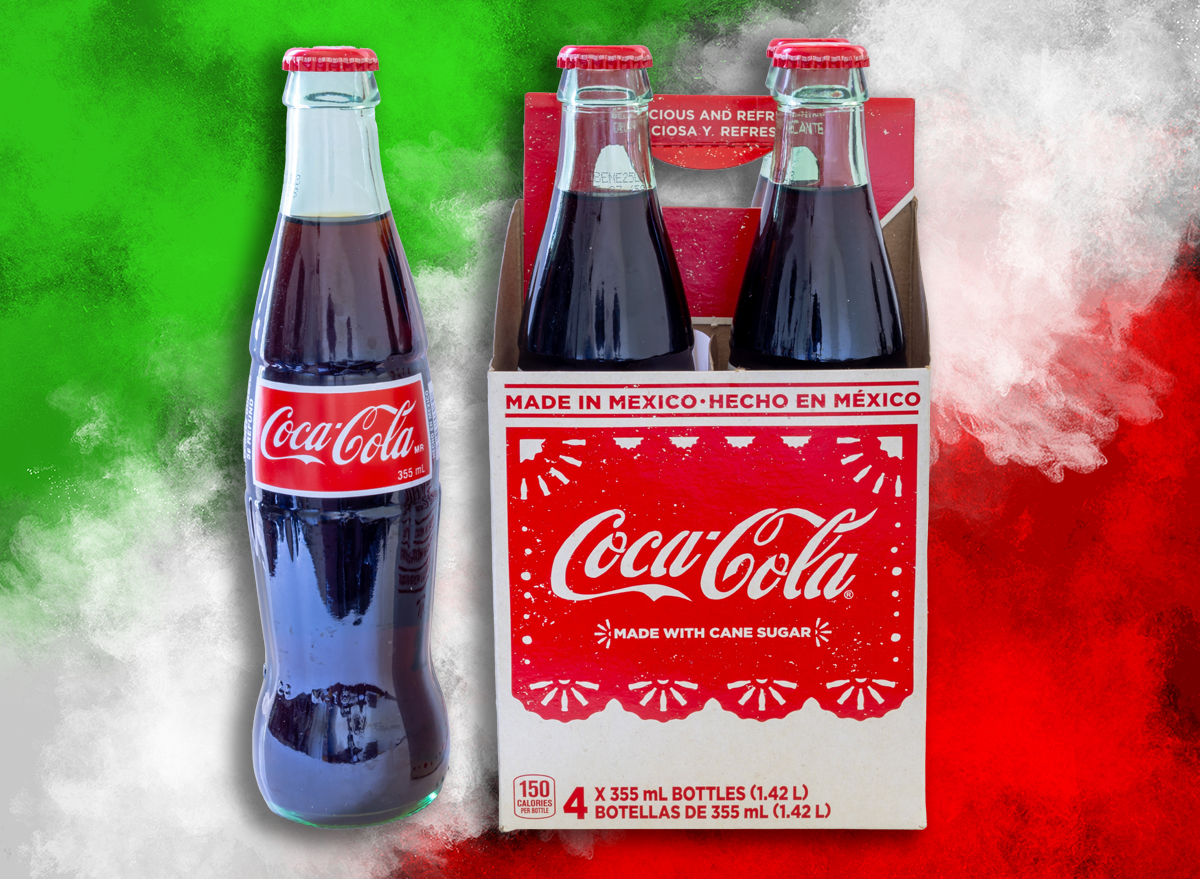
Mexican Coke, aka Mexican Coca-Cola, has amassed a cult following in the United States. Sold bottled instead of canned, many people assume that it is healthier than the domestic alternative, as it is made with real sugar. But is it really? We asked a nutritionist, Tara Collingwood, MS, RDN, CSSD, LD/N, ACSM-CPT, a Board Certified Sports Dietitian and co-author of the Flat Belly Cookbook for Dummies, to explain the major differences and to answer the question: What really happens when you drink Mexican Coca-Cola?
Your Body Processes Cane Sugar and HFCS Nearly Identically
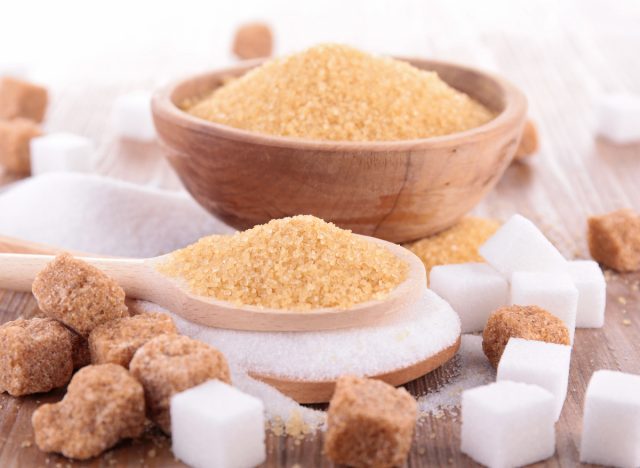
“Mexican Coca-Cola is made with cane sugar instead of high-fructose corn syrup (HFCS), which is typically used in American Coca-Cola. While that sounds like a meaningful difference, nutritionally, cane sugar and HFCS are nearly identical in how your body processes them,” Collingwood says.
Your Liver Handles Them the Same Way

Collingwood adds that cane sugar, also called sucrose, is 50% glucose and 50% fructose, while HFCS is 45% glucose and 55% fructose. “Not much of a difference,” she says. “Both are made up of glucose and fructose, and your liver still handles the fructose the same way, regardless of the source. Excess fructose can increase triglycerides, promote fat accumulation in the liver, and raise your risk for insulin resistance and metabolic syndrome.”
But, People Maintain the Taste of Mexican Coke Is Better

Why do people think Mexican Coke is better? Taste, Collingwood points out. “Some say it tastes ‘cleaner’ or less cloying. This is subjective and more about preference than health,” Collingwood says.
There Is Also a “Natural” Halo Surrounding It
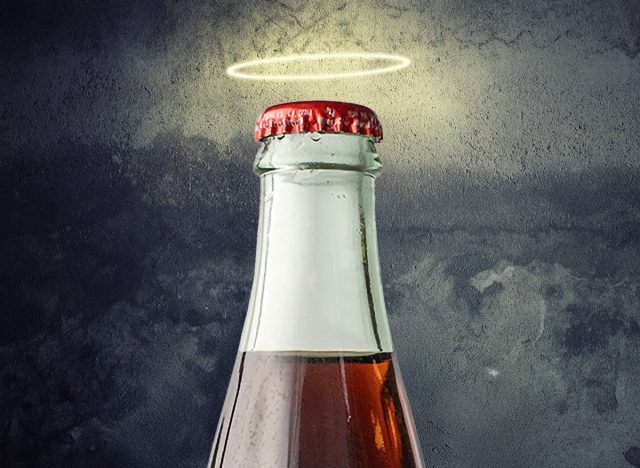
There is also the “natural” halo surrounding it. “Cane sugar has a more wholesome image than HFCS, partly because of food marketing and partly because of the backlash against HFCS in the early 2000s,” says Collingwood.
And, It Is Packaged in Glass
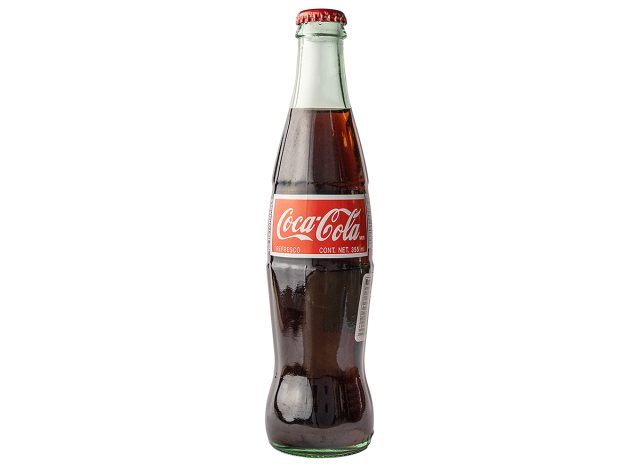
The glass bottles are also a selling point for some. “Mexican Coke is often in glass, which some associate with purity and a more nostalgic experience,” says Collingwood.
But, Added Sugar Is Added Sugar
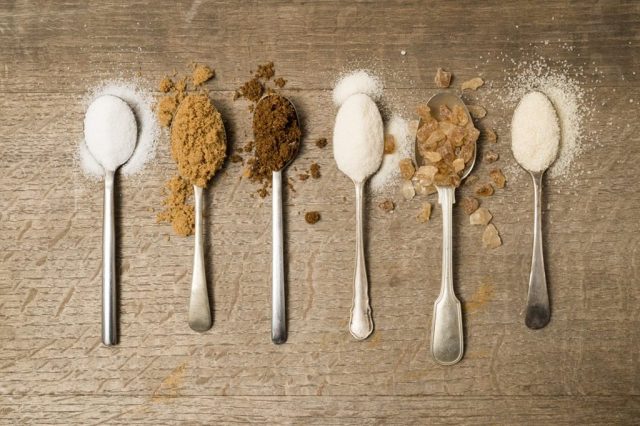
What to consider before choosing between them? Firstly, added sugar is added sugar. “Whether it’s HFCS or cane sugar, the health risks are the same: weight gain, increased risk for type 2 diabetes, heart disease, and dental decay,” says Collingwood.
Portion Size Matters More Than the Sugar Source
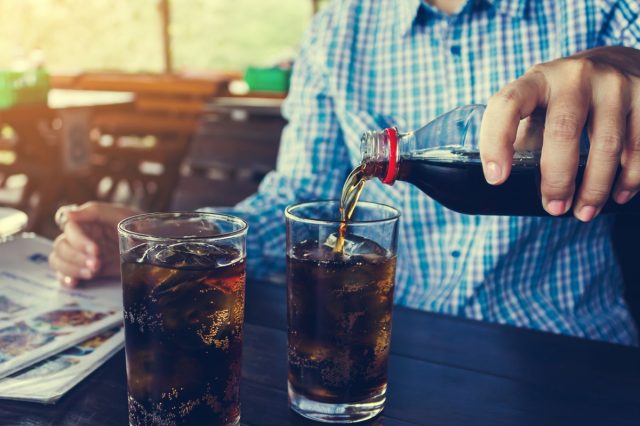
Next, portion size matters more than the sugar source. “A 12-ounce Mexican Coke still contains about 39 grams of sugar,” Collingwood states.
It Is an Occasional Treat

Lastly, look at it as an occasional treat. “If you’re choosing between the two, do so based on taste, not health. But neither should be a regular beverage,” says Collingwood.